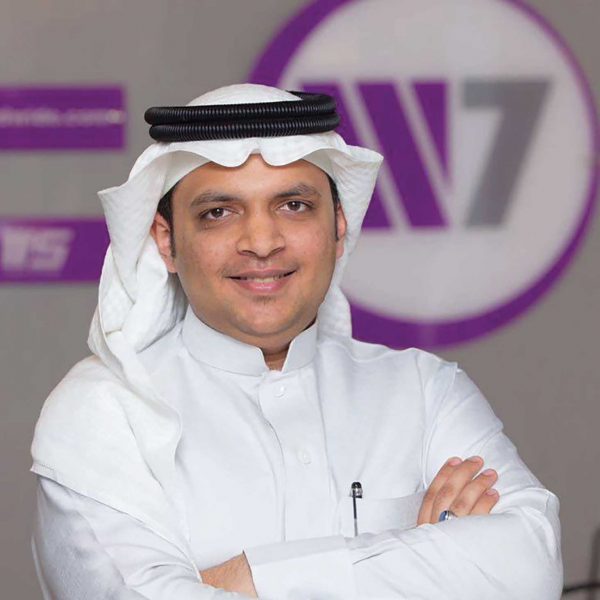
The Middle East, and particularly the GCC, has gripped the world’s attention with its transformative growth. Sustainable development is the goal of all Arab nations in all aspects of life, be it politics, economy, health, environment or education. Compared with the rest of the world, PR is a relatively new discipline in the Middle East, traditionally focused on media relations and events. However, the last 10 years have seen a dramatic rise in strategic communications as a discipline. With the region considered as a growing business hub, more and more international organisations from across the globe are ready to make ties with its countries.
Are you saying the right thing to the right people in the right place? Join us at the next Campaign Online Briefing: Cross-Platform Marketing – How to do It Right. Our experts will help you put together a content strategy that works across all the right media.
It is clear that the biggest challenge facing international brands looking to succeed in the Saudi and wider GCC market is the lack of a good, localised strategy, as they tend to build a single regional or global strategy without consideration for each country’s unique culture. Therefore, localisation and creating communication strategies that appeal to the various publics of the Arab world are the main focus of W7 Worldwide’s business model.
We know that communication is influenced by and influences culture; it is, therefore, essential to understand the culture of the Middle East and each individual country when developing a communications strategy. The most important consideration is language, which determines reaction. There is always something lost in the translation of public relations communications from English to the Arabic language.
Equally, it is extremely difficult to translate between Arabic and other languages, which produces sentences that are a paragraph in length, without punctuation and full of adjectives. It is best, therefore, to avoid translation altogether. Companies wishing to establish a foothold in the region should instead build either internal or external partnerships with local partners to ensure communication messages are relevant, understood clearly and in the right tone of voice.
While Western audiences expect public communications to be emotionally cool and reserved, in the Arab world a variety of factors contribute to a preference for emotionally expressive and engaging communications. Demonstrating emotion in media interviews is vital in gaining the trust of stakeholders and target audiences. The cultural value orientations that influence Arab culture, such as commitment to religion, devotion to the group, attachment to history and recognition of hierarchal order, all influence the public relations strategies in the region.
Arabic press releases are generally produced as position papers, providing background on events or ideology. Most of the corporate news coverage is consequently still press-release-driven. Therefore, establishing close relations with reporters and journalists is essential for successful public relations strategies in the region. The shift in supply of both regional and global media in the Middle East is driven by audiences that demand more media content from other parts of the world, whilst also reflecting their own culture.
Today the Middle East PR industry has evolved and grown from a handful of local agencies a decade ago to a choice of agencies of all sizes and specialities that offer the full range of modern communications services and advice. As one of the most innovative regions in the world, with forward-thinking visions and huge ambitions, the GCC in particular has mastered the art of communications to project a successful and appealing image on the global stage.
This is a new era for the region, as it undergoes rapid transformation, moving into one of the most exciting times in its modern history, and the most successful businesses will recognise PR and communications for the important role the industry plays in driving business strategy.









